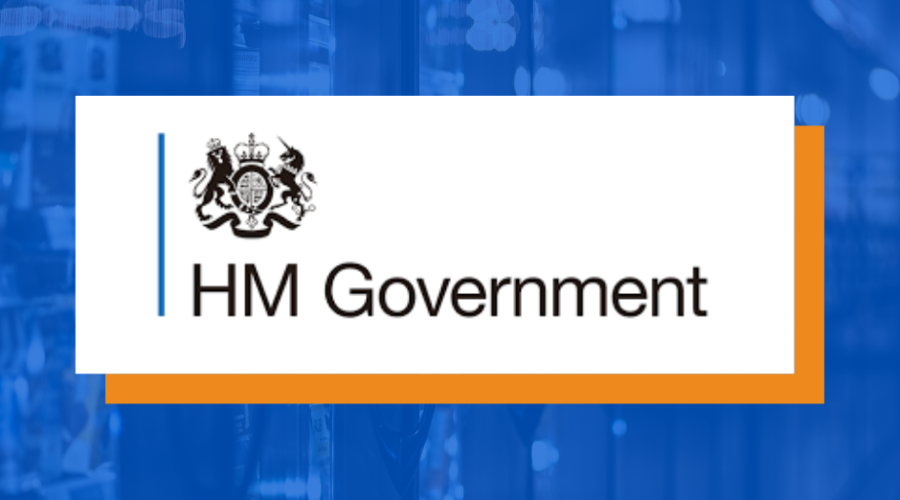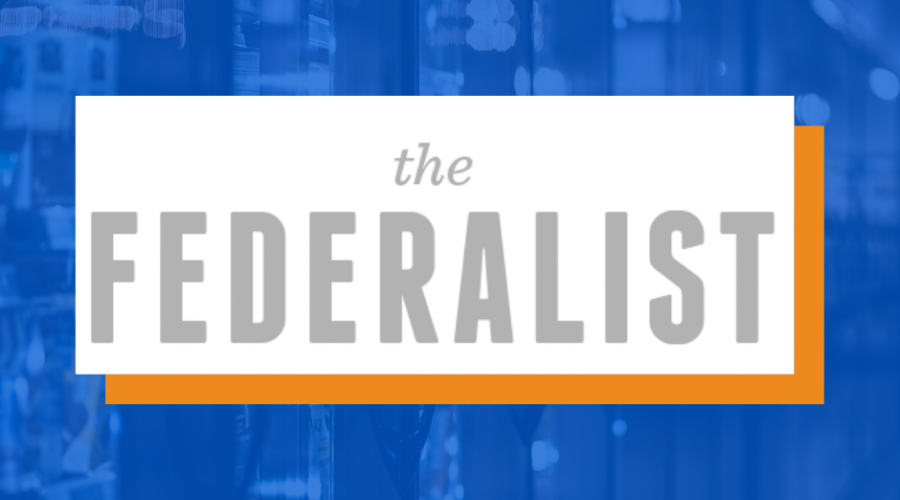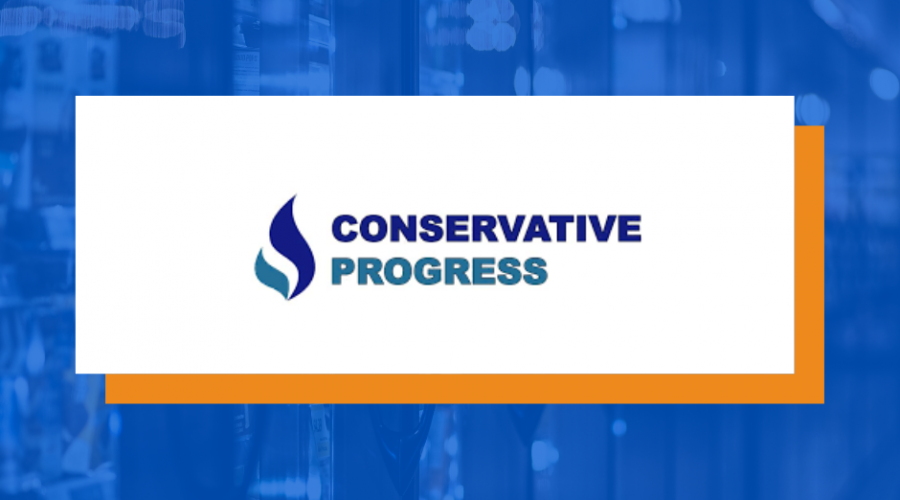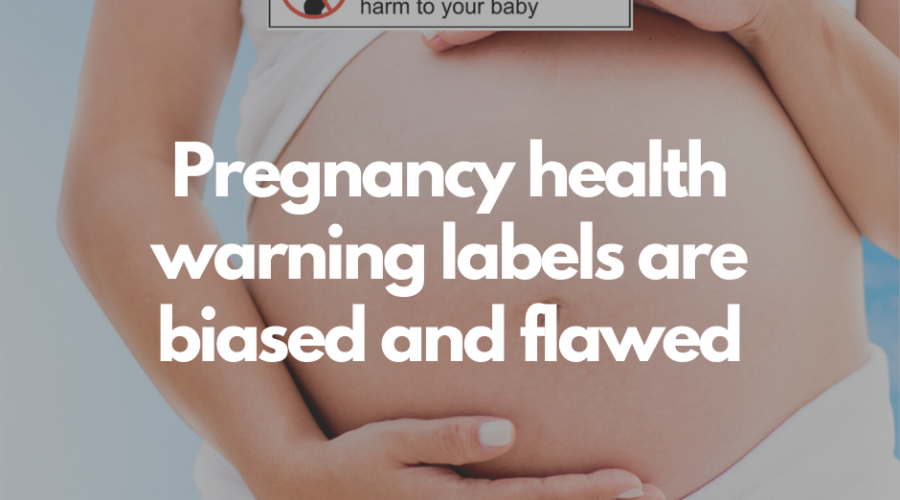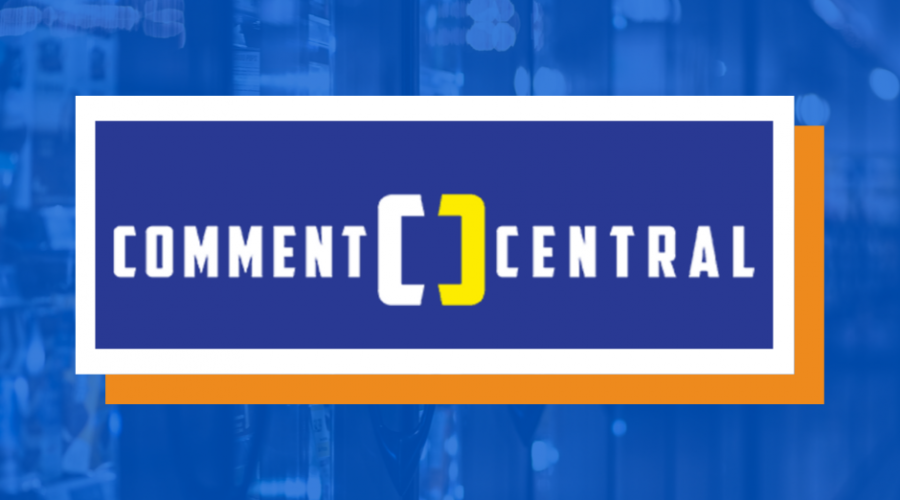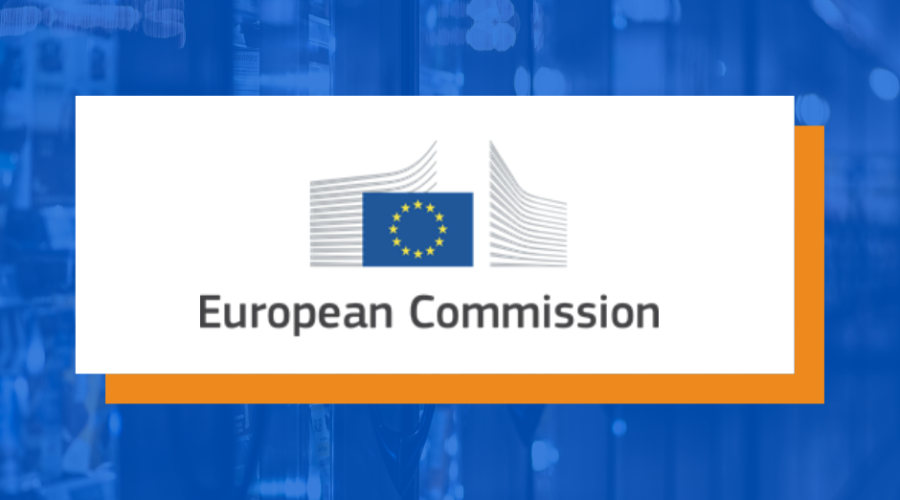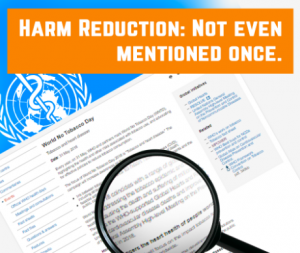No more future booze bans, please!
Research shows that the lockdowns spurred growth in the black market in alcohol.
What happens when something people really want is banned? Do they stop wanting it? Or do they find other ways to access it? Our experience with the lockdown alcohol ban answers this question and must give policymakers pause when considering their future plans.
According to the Transnational Alliance to Combat Illicit Trade (Tracit), liquor bans have spurred the growth of the black market in alcohol. Research from the Institute for Security Studies supports this conclusion, as does statements from the South African Revenue Service.
And it simply stands to reason: People are not robots and do not suddenly stop craving and desiring certain products just because some politicians said it must be so. Readers of this article likely know very well from personal experience that, on the ground, the booze did not stop flowing. For the formal, lawful alcohol industry, however, South Africa’s alcohol bans have been disastrous.
The justification for the bans was quite intuitive: Expecting a rise in Covid-19 patients to arrive at South African hospitals, government wanted to reduce the number of patients suffering from an alcohol-related condition taking upward space. The healthcare sector needed time, so went the reasoning, to expand its capacity.
The first alcohol ban was imposed between March 27, and June 1, 2020, the second from July 12 to August 17, and the most recent was from 28 December 2020 to 1 February 2021, when it was mostly lifted.
On Monday, 24 August 2020, health minister Zweli Mkhize announced that they “have no started to dismantle some of the field hospitals [because additional] beds are no longer necessary”. This was mere days after the lockdown was downgraded from level 3 to level 2. Cooperative governance minister Nkosazana Dlamini-Zuma cautioned South Africans against the very real possibility of a second wave in the near future as restrictions on their liberties were being taken away.
In December, when he was announcing the renewed alcohol ban, President Cyril Ramaphosa noted how hospitals were being overwhelmed with alcohol-related trauma cases.
Government did expand hospital capacity then dismantled it, knowing well that a second wave was likely on the horizon. It is the stuff of spiteful, arbitrary governance, then, to punish a massive sector of the economy, not to mention the South African public, for government’s own short-sighted planning.
While the lockdown alcohol ban might at the time of writing have been lifted, Dlamini-Zuma has made it clear that banning liquor again was not out of the question. The alcohol industry is therefore now caught in a position of impossible uncertainty.
Minister Dlamini-Zuma says the ban’s intention is not to cause harm to the industry, but such an assurance is cold comfort in light of the facts.
The alcohol industry by 2019 had supported the livelihoods of a million South Africans and contributed more than 3% of GDP, not to mention the more than R15 billion in tax revenue it brought in for government. Indeed, the money the alcohol industry lost due to the lockdown booze ban would have gone a long way to financing South Africa’s vaccine drive.
Tracit found that there was a 900% increase in pineapple sales after the alcohol ban came into effect. The obvious reason for this is that many people started homebrewing pineapple beer, and presumably selling it on the black market.
Even supermarkets, seizing the opportunity, “started selling the fruit as a package with sugar and yeast”. During the ban, the police also reported the smuggling of alcohol contraband from neighbouring states, and losses to the lawful industry in the illicit trade, according to Tracit, were expected to rise to about R13 billion per year.
While the illicit trade is entirely understandable, given the ill-considered policy decisions made by the government, consumers should nonetheless beware of the health risks of purchasing homebrewed booze. Whereas the lawful alcohol industry is subject to strict quality standards, someone selling beer they had just made in their garage is not. Dozens of reported deaths have already resulted from such dangerous consumption.
Some who do not partake in the consumption of alcohol (myself being among them), have admitted the damage this ban has done economically, but do not sympathise with the alcohol industry, who they credit with the exploitation of South Africa’s poor population.
This perspective, unfortunately, misses the point that the “alcohol industry” is not all directly concerned with alcohol. Glass bottling firms, retailers, transportation companies, restaurants, and a multitude of other enterprises are part of this industry and many, in indirect ways, are dependent upon it. Must the staff, and their families, of bottling companies and restaurants also suffer, simply to show up the beverage makers?
Consumer freedom of choice is guaranteed by the Constitution, and means other people – the poor included – may decide to do things that the chattering classes disagree with. This includes consuming alcohol. The marketplace is all about suppliers meeting demand and creating value for their consumers, and this is exactly what those in the alcohol trade are doing. It is not only economically devastating for government, supported by a small elite of intellectuals who disapprove of alcohol consumption, to interfere in this freedom, but it is also profoundly condescending and immoral.
Tracit rightly recommends that bans and prohibition should not be regarded as a legitimate means of responding to Covid-19, for such a response lacks discernible benefits and the consequences are dire for the alcohol industry, the economy, the government, and the entire South African society. It is far safer for South Africans, whose demand for alcohol is not going anywhere, to be able to access it in the lawful market, where it is subject to quality standards and where the point of sale is subject to social distancing and hygienic regulations.
No economy can function efficiently in the presence of the kind of policy uncertainty presently reigning in South Africa. Government must reassure the alcohol industry that further bans are off the table. Otherwise, we should expect further disinvestment by the industry and the further growth of the illicit trade, even now while the ban has been suspended.
While certain common-sense measures to combat Covid-19 can be retained, it is high time for South Africa to return to a healthy respect for freedom of choice.
Martin van Staden is South African Policy Fellow with the Consumer Choice Centre.
Originally published here.

